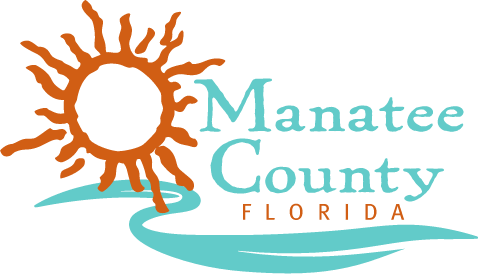Contact Info
2101 47th Terrace E
Bradenton, FL 34203
The Local Mitigation Strategy (LMS) is a multi-jurisdictional plan to reduce the identified hazards within a County.
The LMS planning process, which is updated every five years, is used to set short and long-term mitigation goals and objectives for the County. Hazards affecting the community are identified, vulnerability to the hazards are assessed, and through a collaborative effort, consensus is reached on how to minimize the effects of the hazards.
In order to be eligible for Hazard Mitigation Grant Program (HMGP) project grants, the County and Cities must have a federally approved mitigation plan. The Manatee County Local Mitigation Strategy is federally compliant, and was originally adopted in 1999 with updates in 2004, 2009, 2014, 2019, and 2024.
The LMS includes an Initiatives List that is regularly updated with identified and prioritized projects both funded and unfunded, that ultimately will improve the capabilities of personnel and equipment, as well as reduce the vulnerability of the residents of the Cities and the County. After a disaster, this list is also used to help prioritize HMGP projects. Some examples of proposed projects might include shuttering critical facilities, installation of back-up generators to critical facilities, stormwater mitigation projects to reduce flooding to roadways, public information campaigns, etc.
The LMS Working Group includes members from the County, six municipalities of Manatee County, fire districts and sheriff’s office. Unless otherwise indicated, quarterly LMS meetings are held in March, June, September and December with the location varying. An agenda is prepared in advance with consideration for additional agenda items upon request.
The next LMS meeting is on December 4, 2025 via Teams. Please reference the Manatee County Calendar of Events.

Service Output:
Hours Available:
Eligibility:
